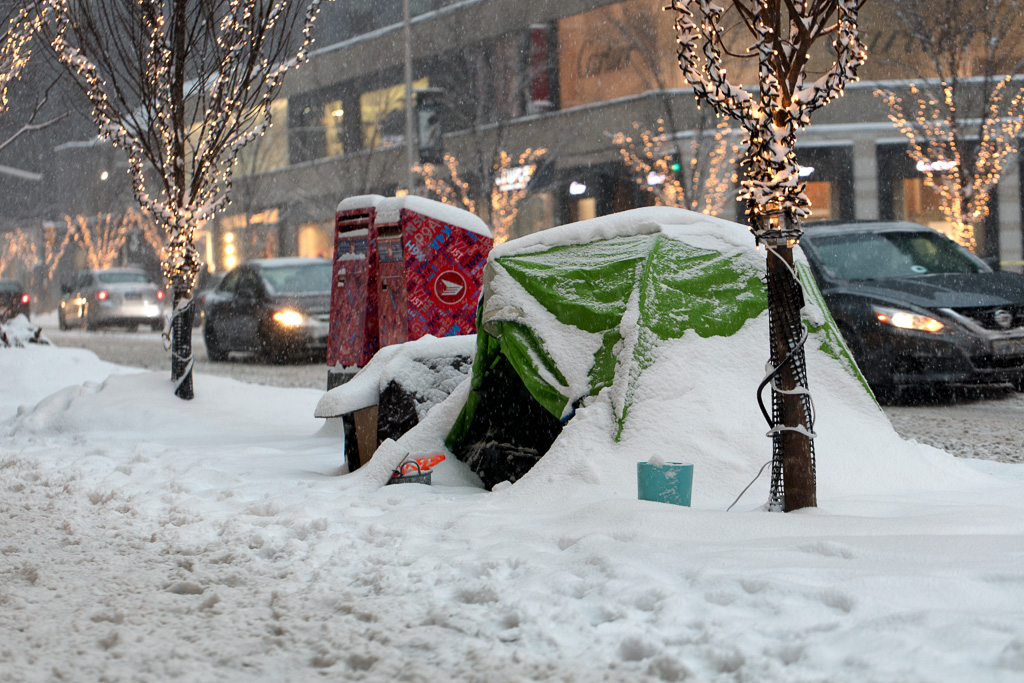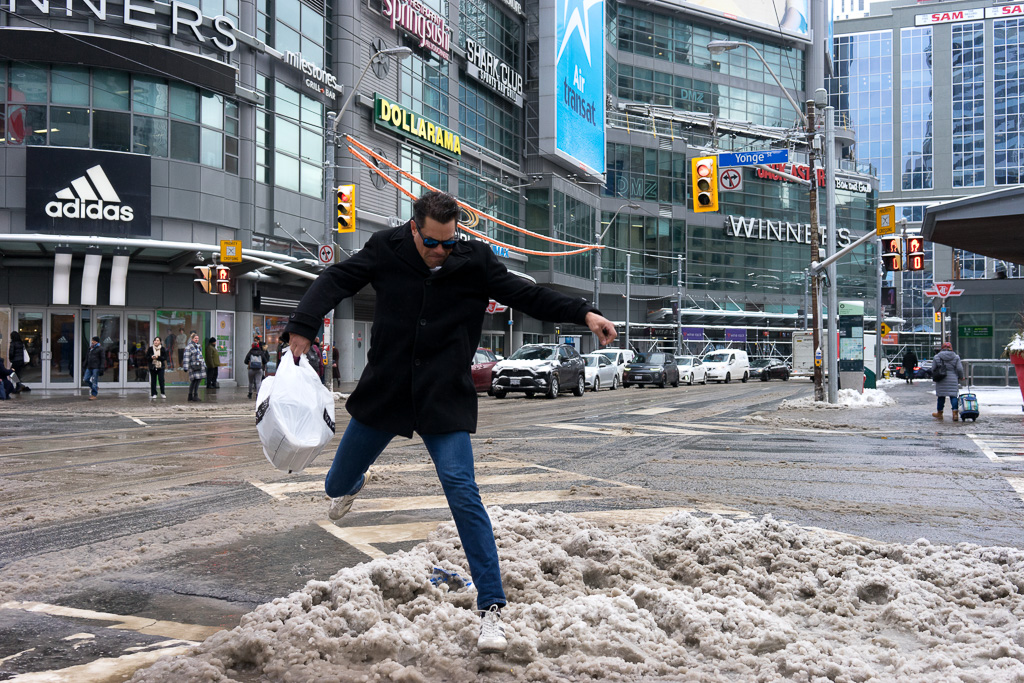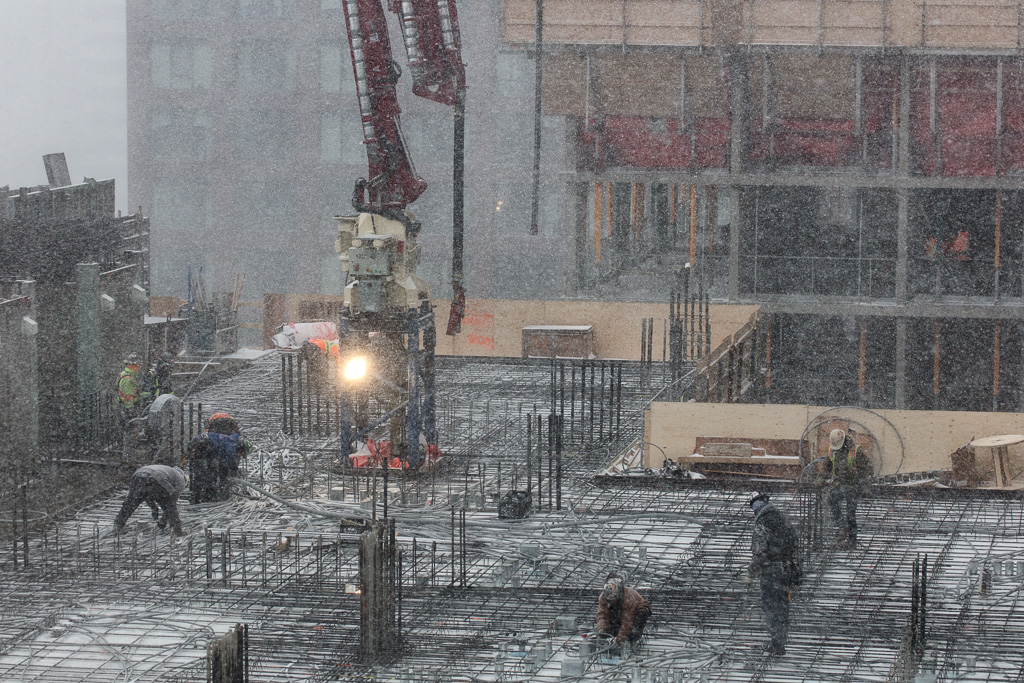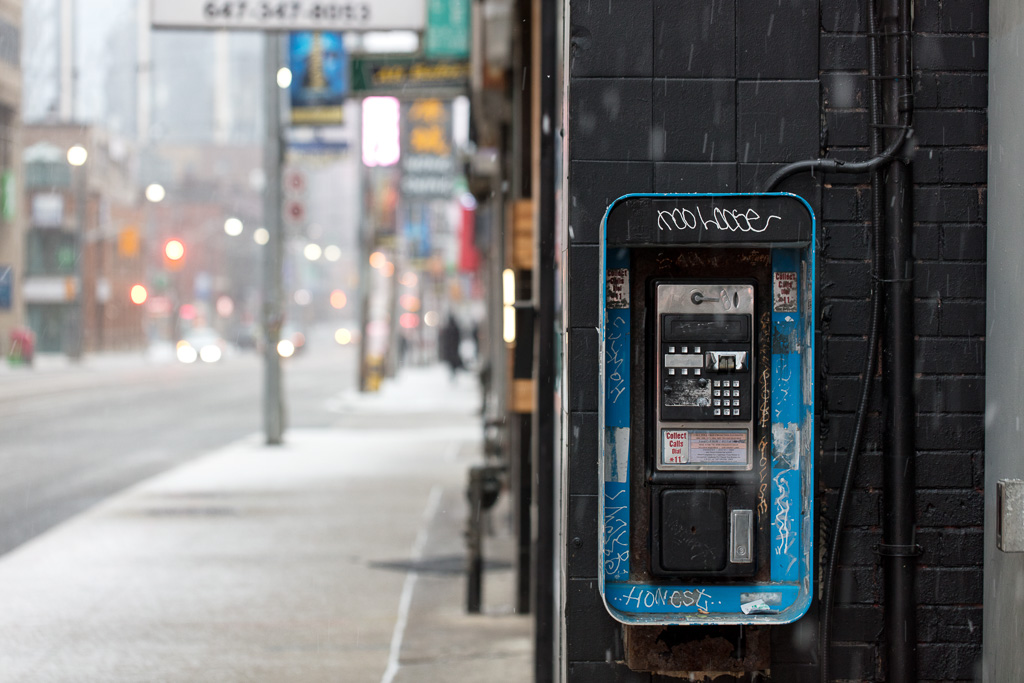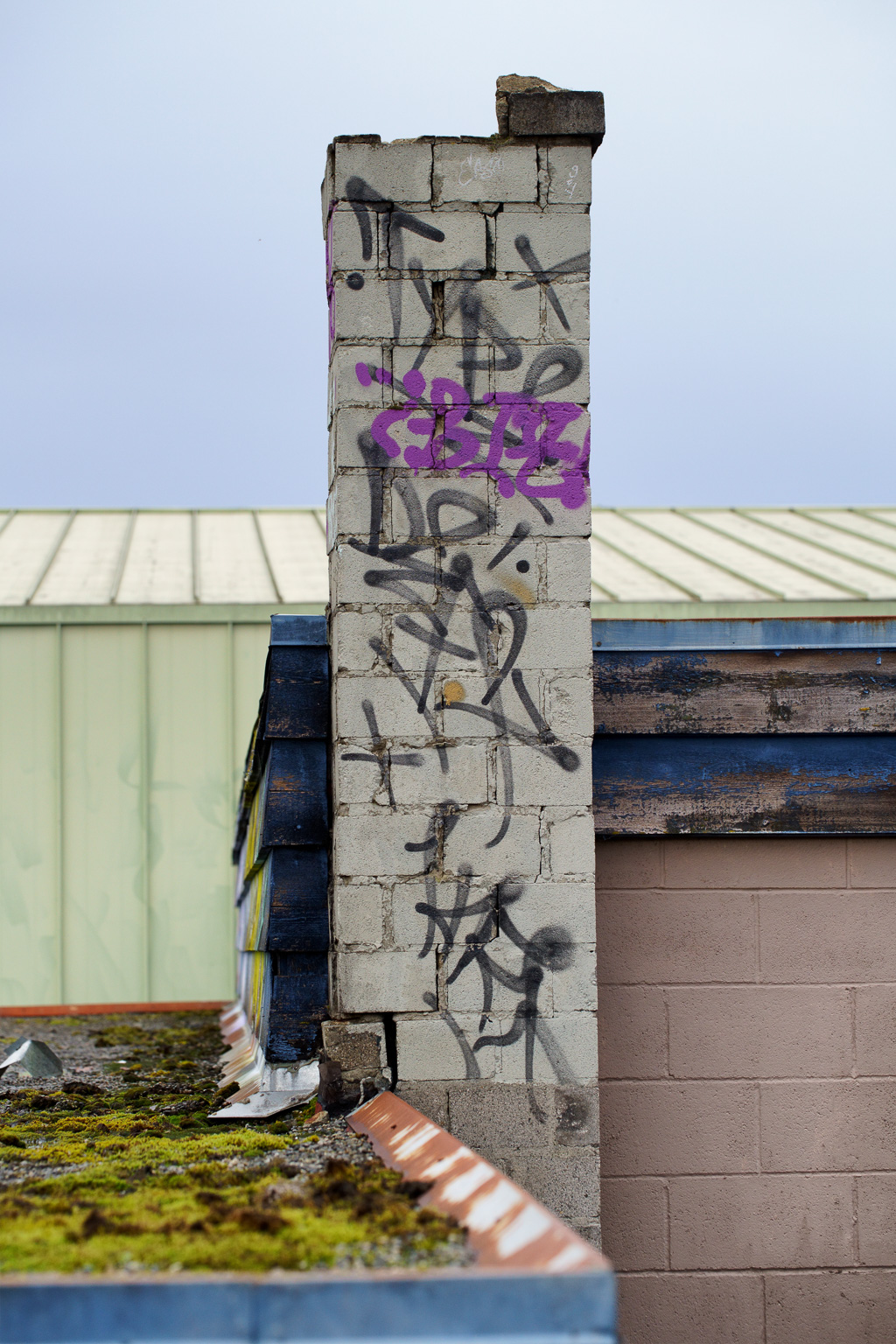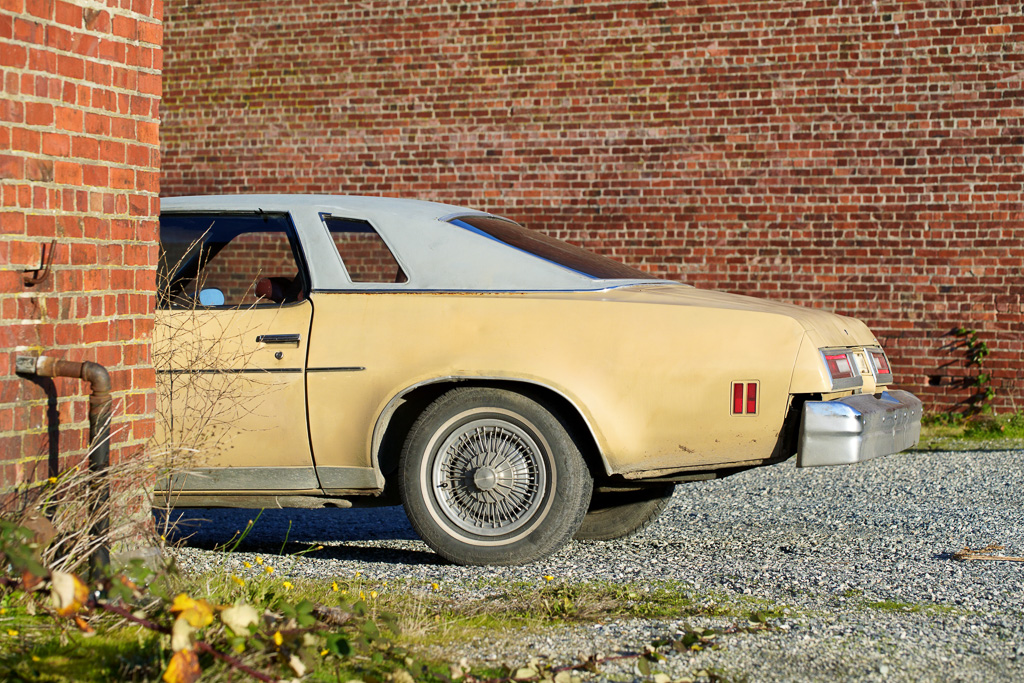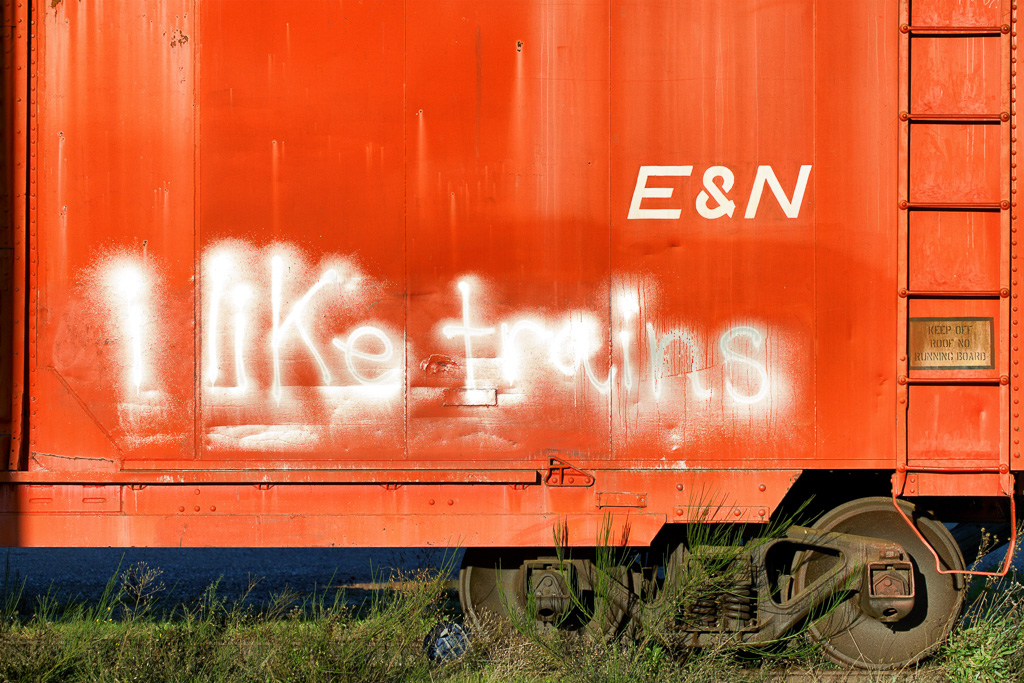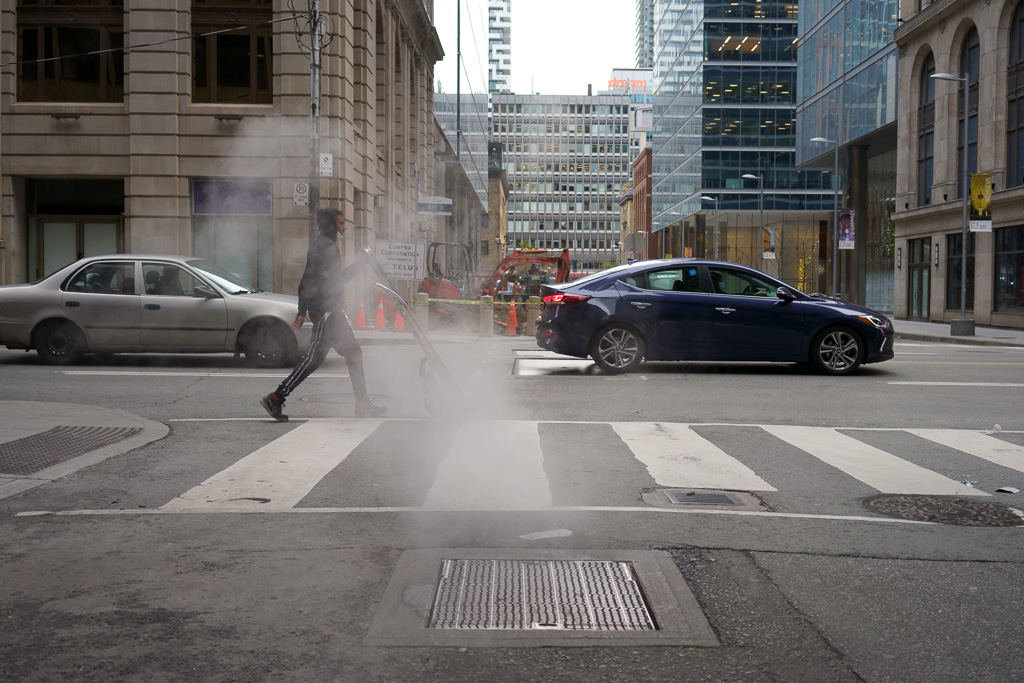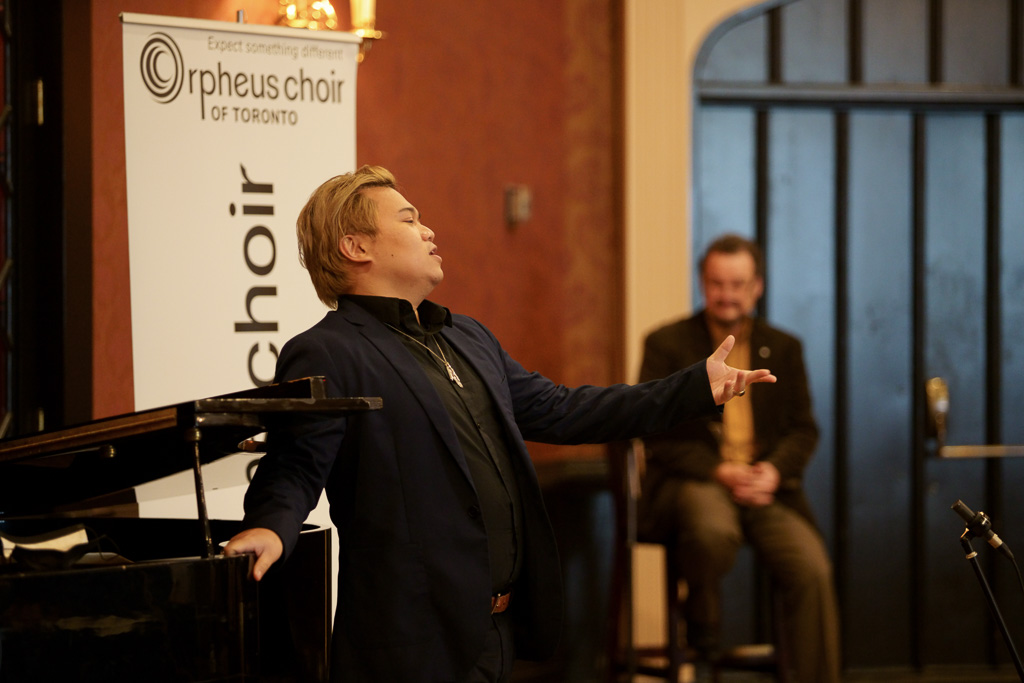Winter is always a difficult time for people whose housing arrangements are insecure at best. Whenever the temperature goes below -10ºC, the city of Toronto issues a cold weather alert for the benefit of those who ordinarily live rough. This triggers the opening up of additional temporary shelter space. Nevertheless, for a variety of reasons, there are always some recalcitrant souls who won’t place themselves in the shelter system. For some, there are mental health issues. For others, there is the fear of violence. And Covid-19 has added another dimension to the sense of bodily threat.
During a snow storm, I shot this tent on the stretch of Bloor Street West known as the Mink Mile, one of the most expensive shopping districts in the world. You can see the Cartier sign in the background. Nearby are flagship stores for Gucci, Louis Vuitton, Dior, Burberry, and Hermès. With talk of rentals at $300 a square foot generating sales of $2000 a square foot, the disparity of wealth this suggests is stunning, and yet those of us who live here grow inured to it.
The other day, I made the mistake of tumbling down the rabbit hole of a Twitter thread where somebody suggested this was nothing we should be concerned about; it’s for the homeless to take responsibility for themselves; let them get proper jobs. Maybe I was being trolled. Maybe the person posting this wanted own the libs. There’s a lot of that going around these days. Even so, I suspect the people who post these things are far less ironic in their views than they’d have us believe. They don’t want only to provoke a reaction; they really mean what they say.
In the past, I might have responded with some variation of a chat about the fact that the proportion of those living on our city streets while struggling with a major mental health issue is north of 70 percent. I’d go on from there to describe some of the more concrete ways in which mental illness hamstrings a person and makes talk of getting a job utterly beside the point.
But I don’t engage in those kinds of chats anymore. Life’s too short to waste talking to people who have already foreclosed the possibility of compassionate regard for those around them. I don’t care if people want to troll me or own me or stomp on me and thump their chests like silver backed mountain gorillas. This conversation isn’t about me, so owning me accomplishes nothing.
Homelessness and its attendant demons, mental illness and an outrageous housing market, are matters of social responsibility. You either commit to that view or you don’t. But if you don’t, your world view takes you ineluctably to the assertion that people who suffer aren’t human. This is the view shared by the person who refuses to participate in the well-established protocols that keep people safe during a pandemic because they lack the imagination to see how their rights are safeguarded by everyone else’s commitment to social responsibility.
The intractability of such a view, the refusal of give and take, the impossibility of reason, is not simply immature, it veers into cultism which, ironically, is a mental health condition.
Thus endeth my rant.
